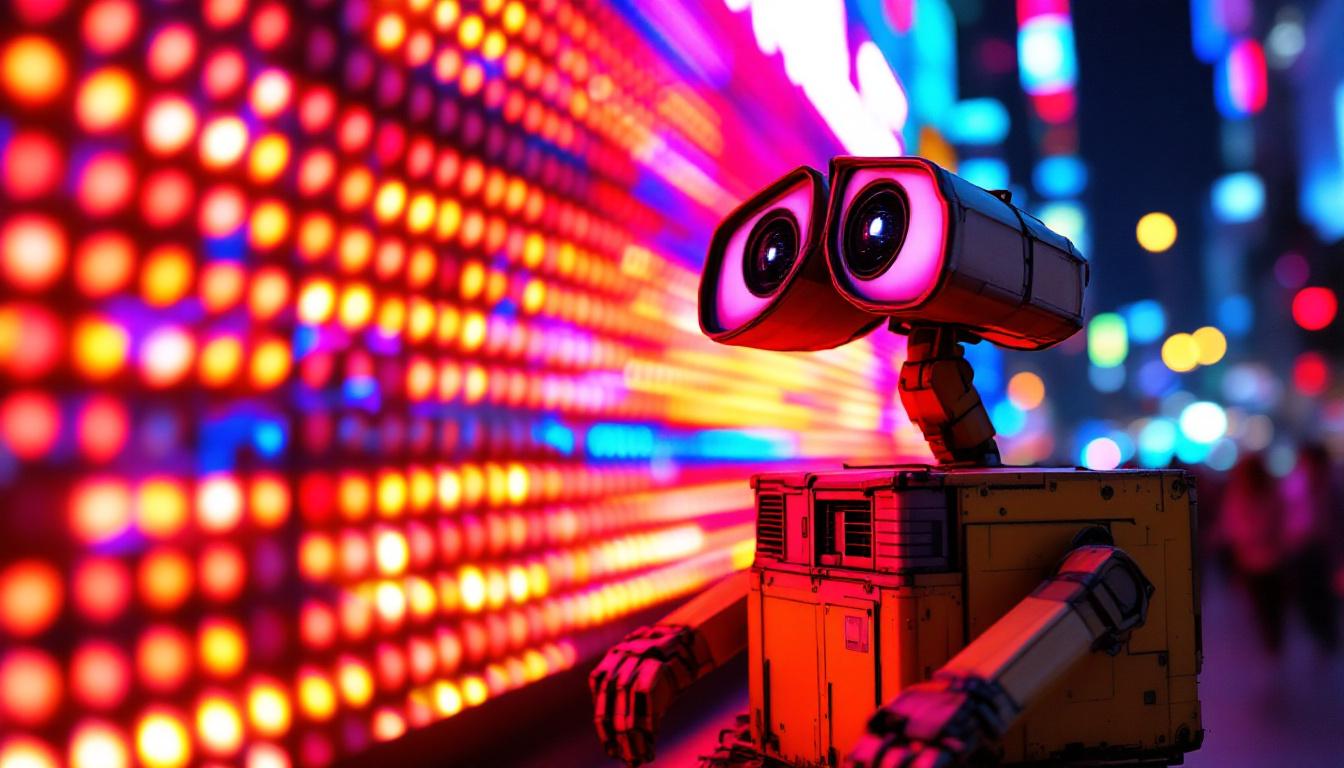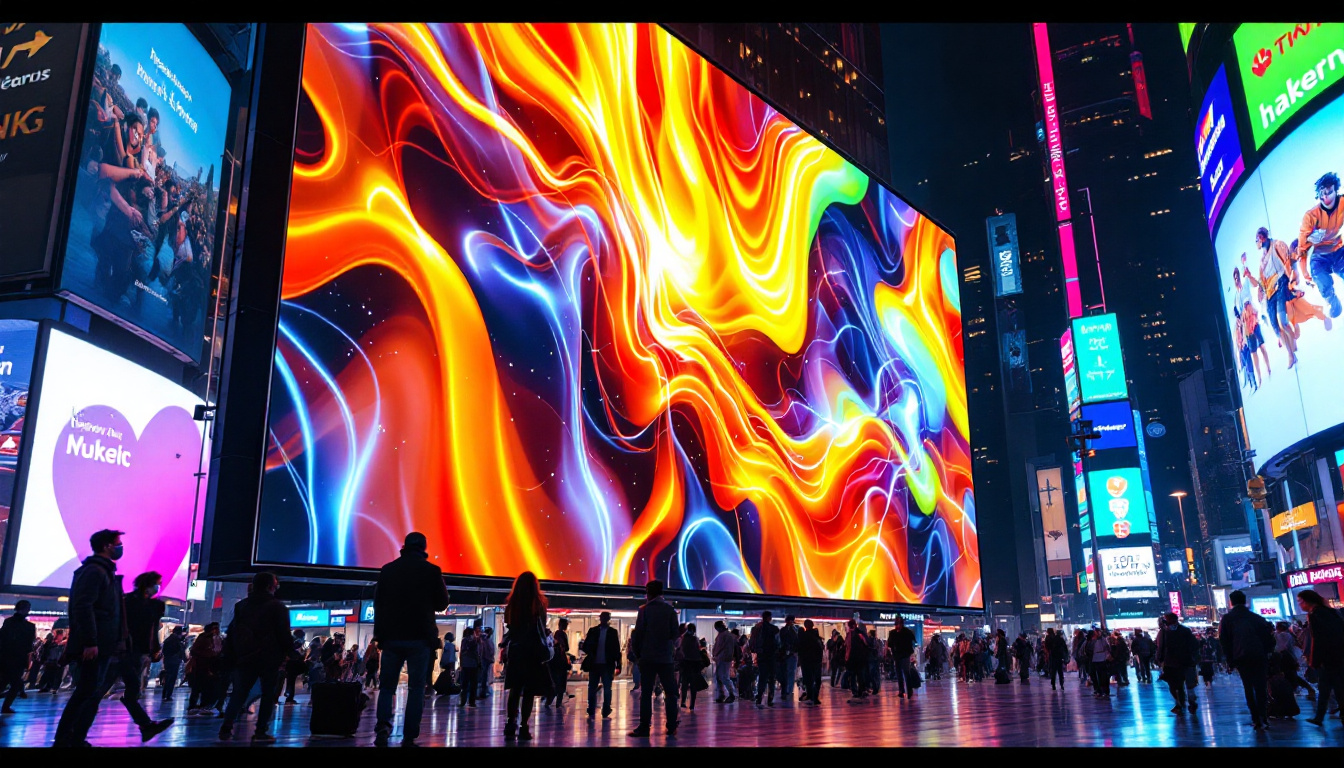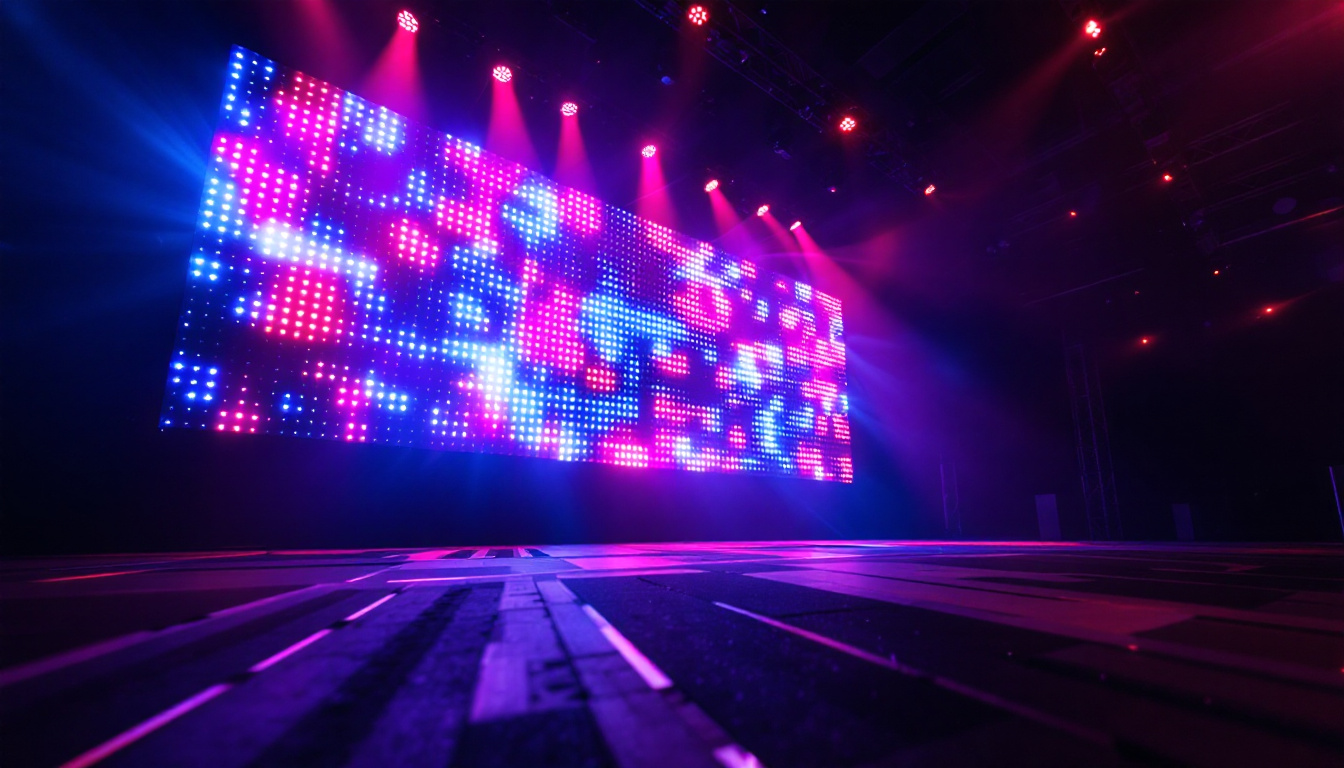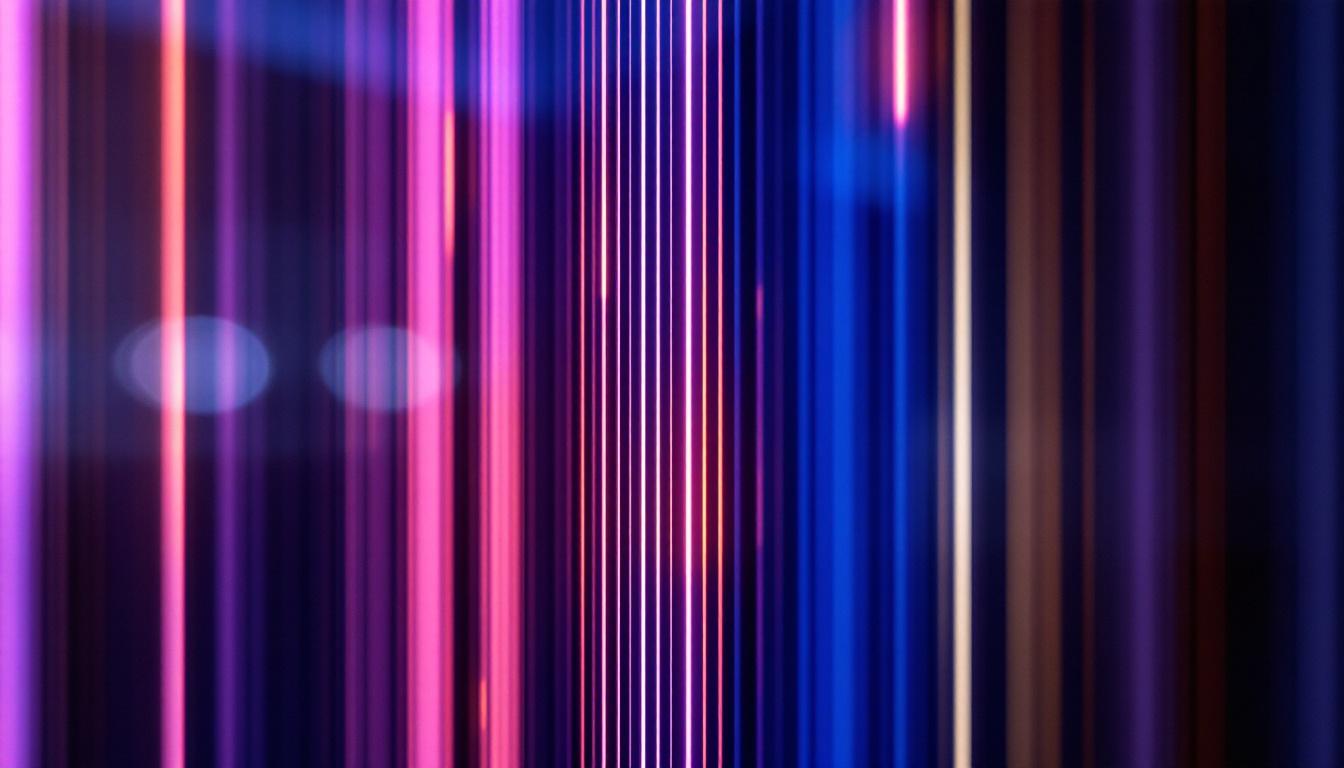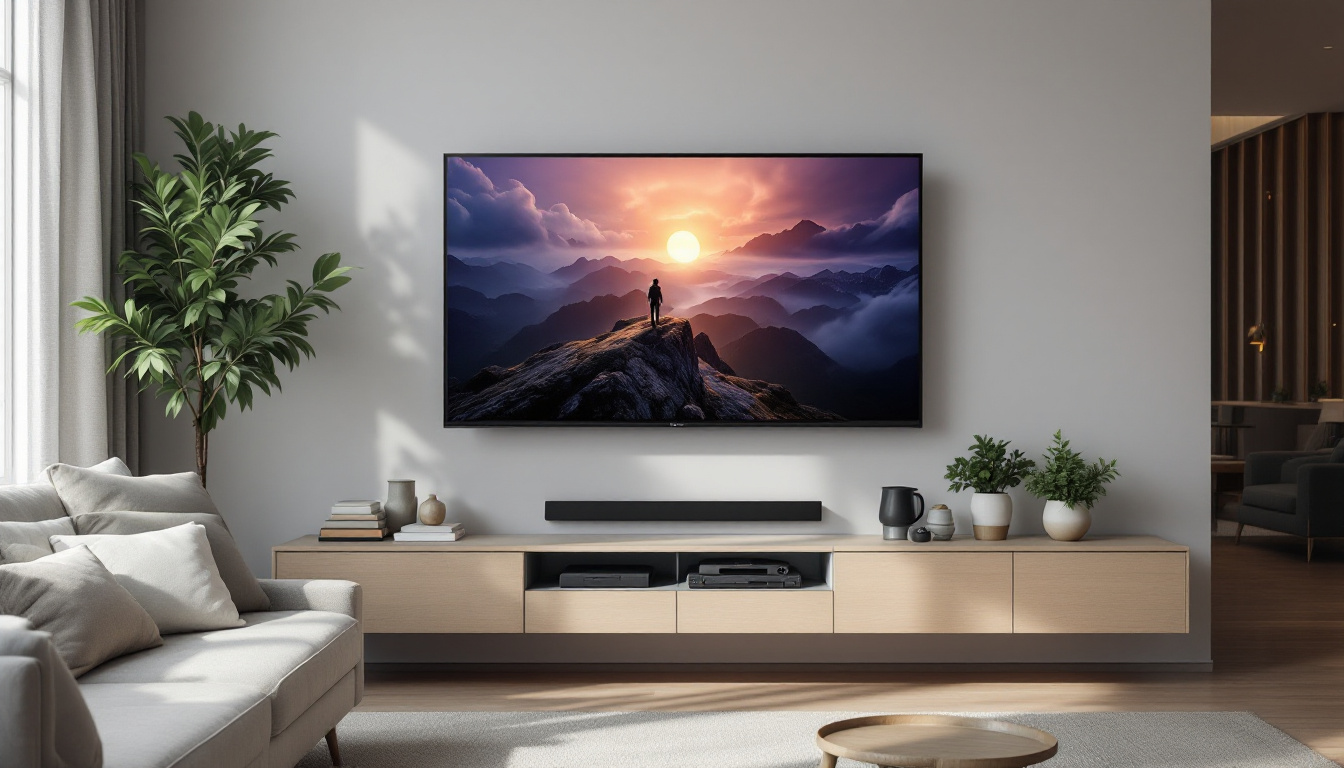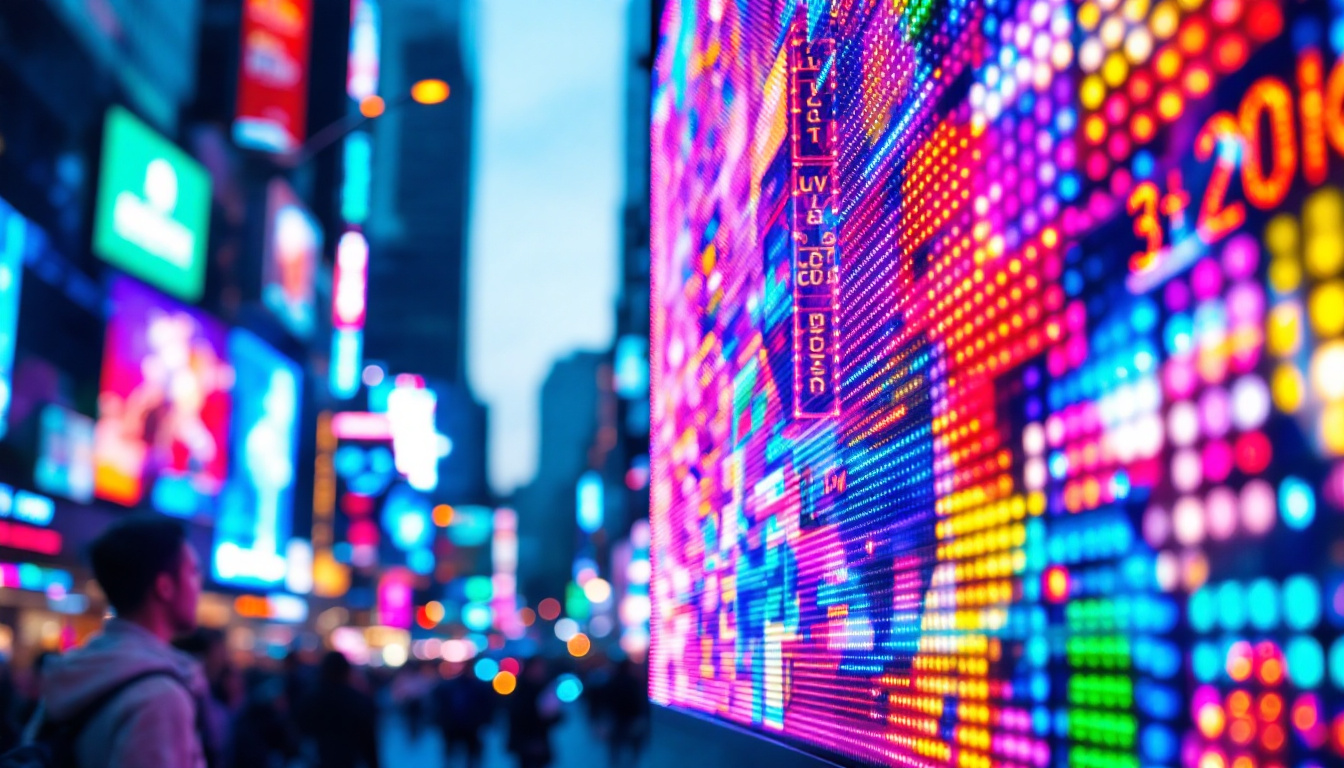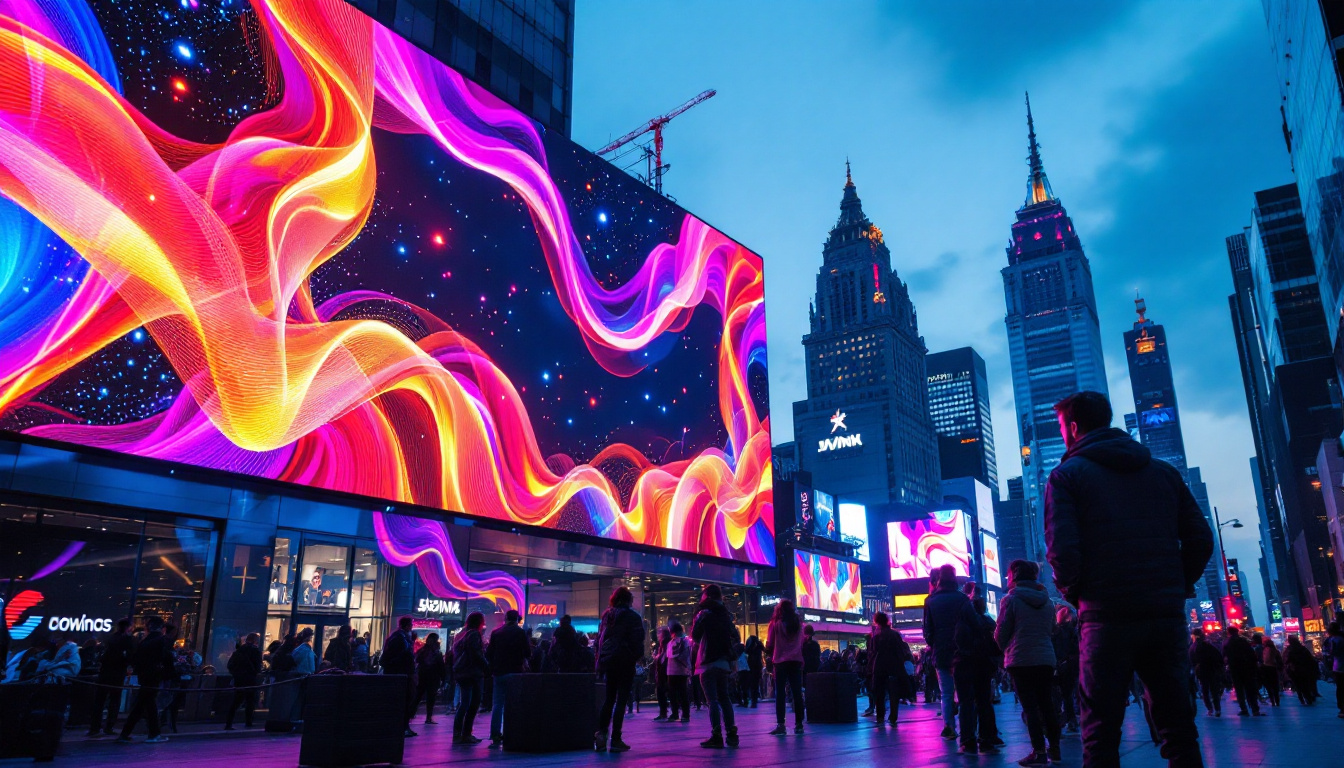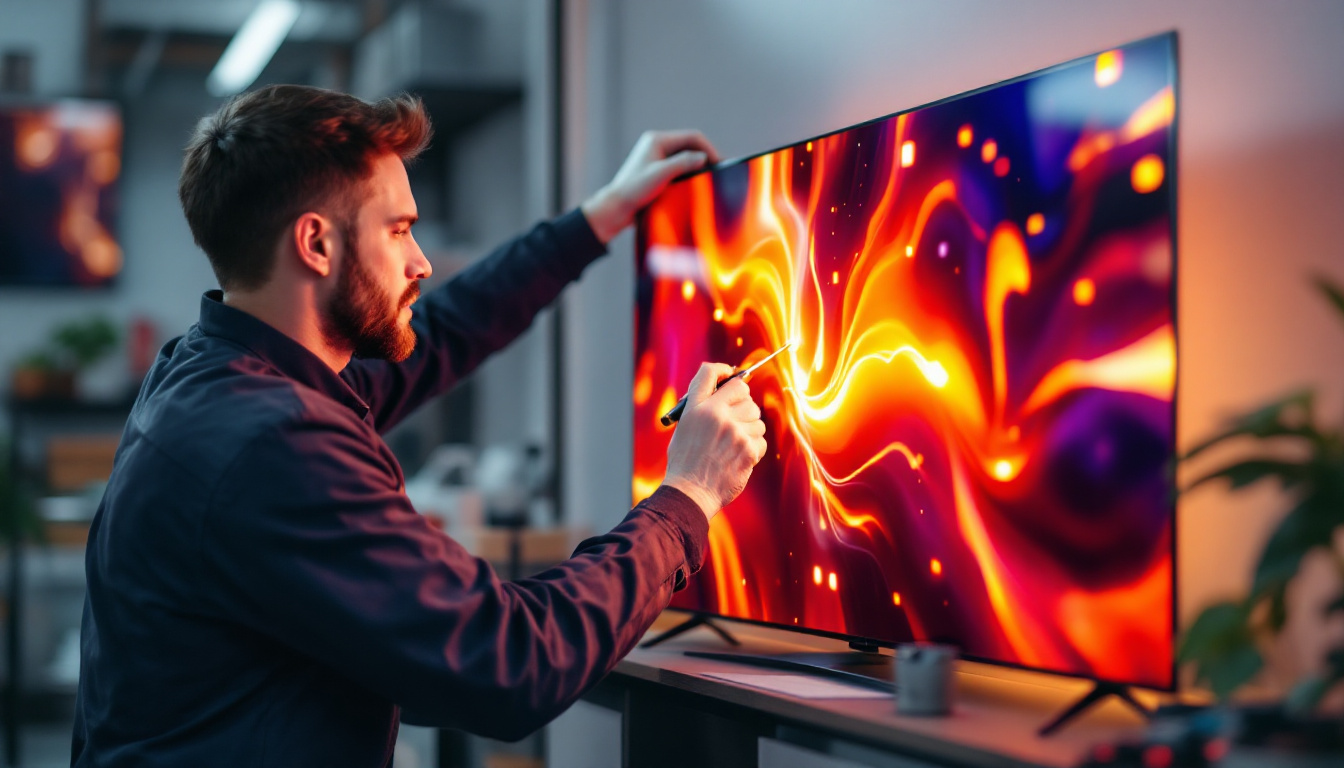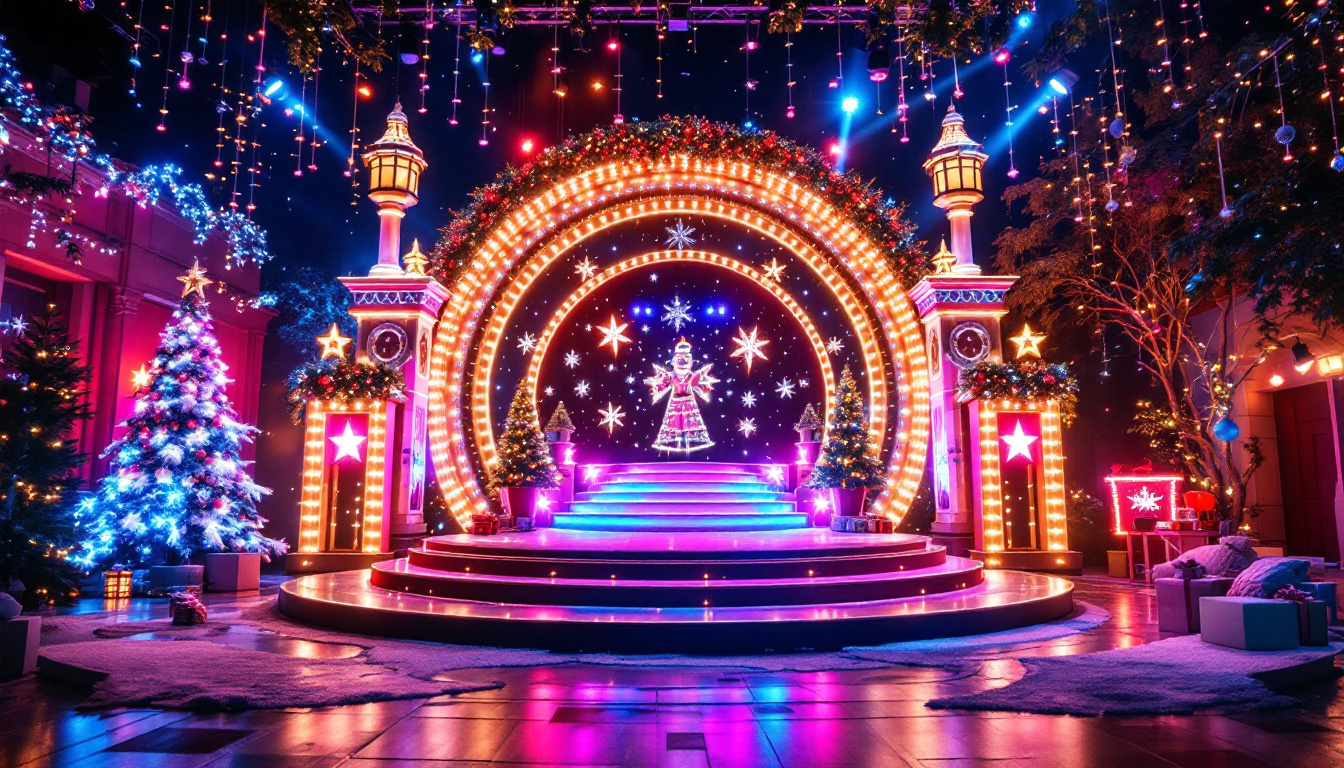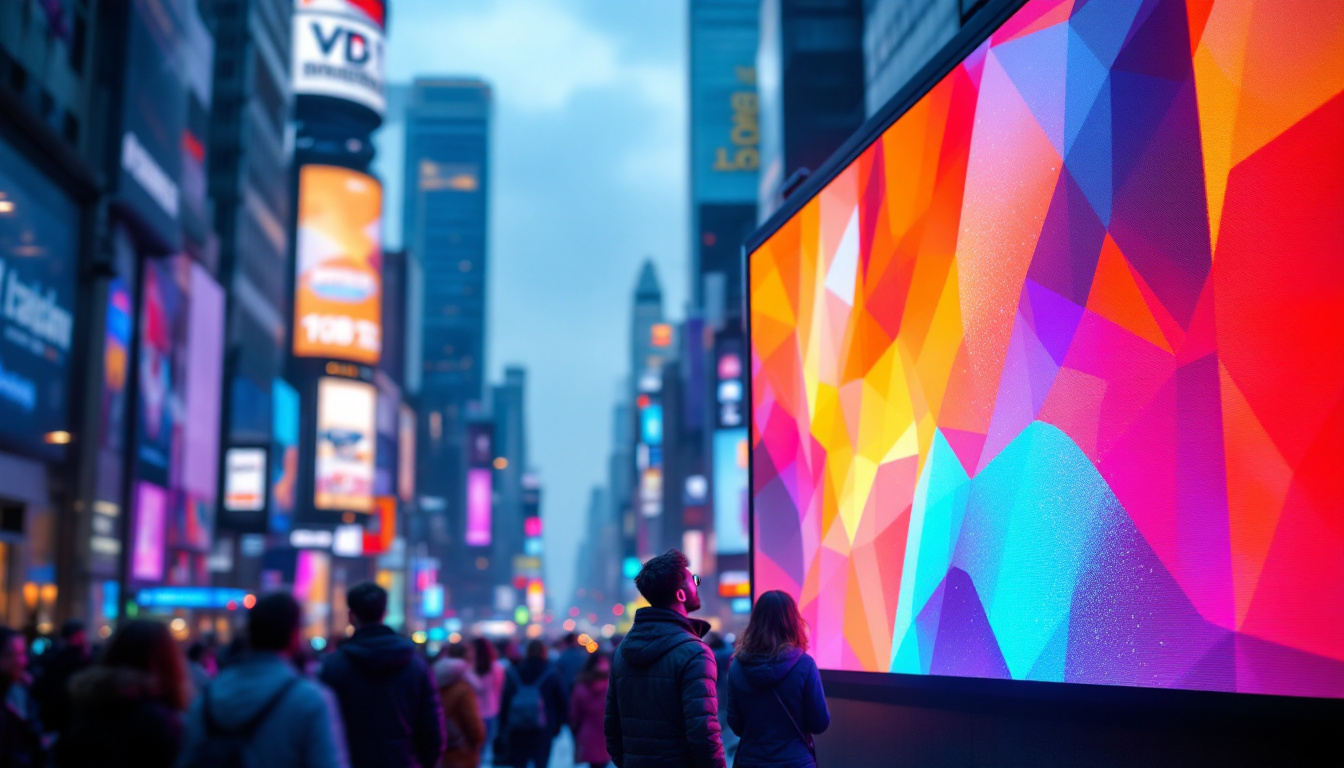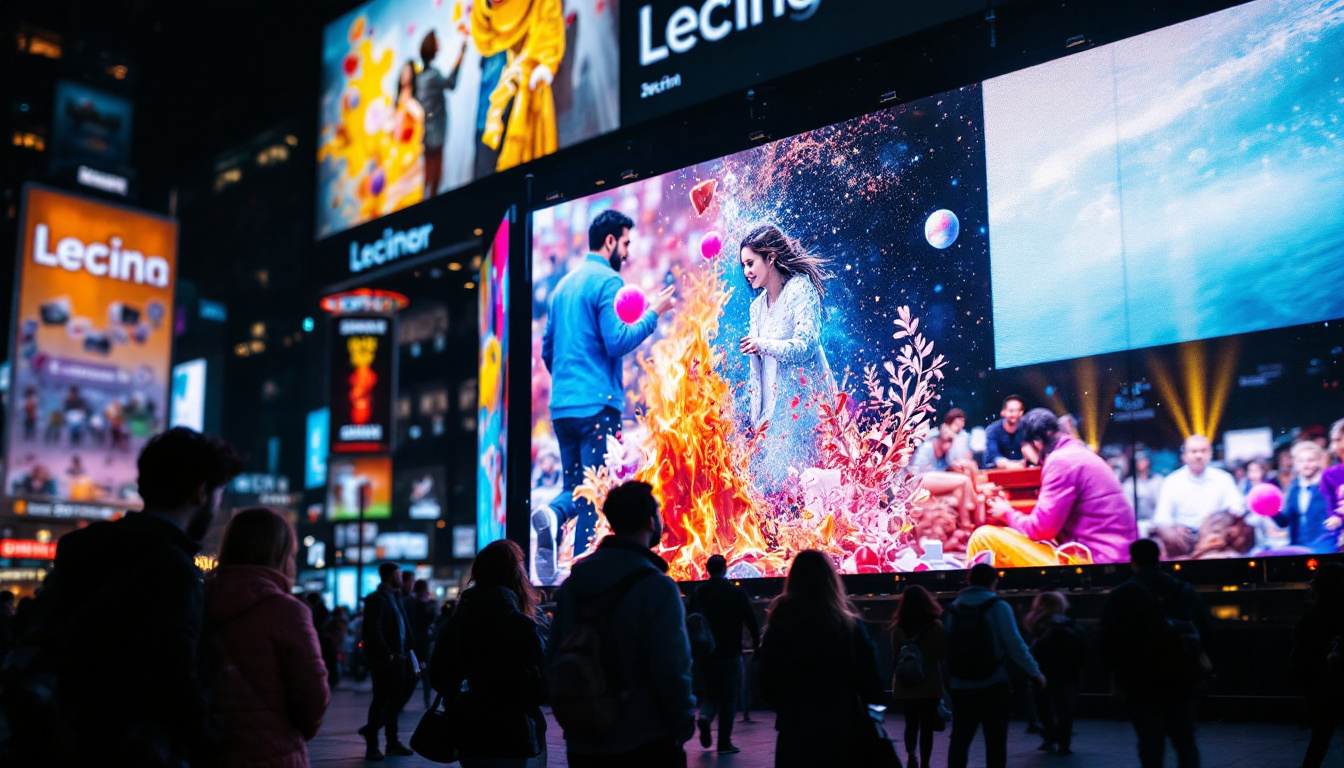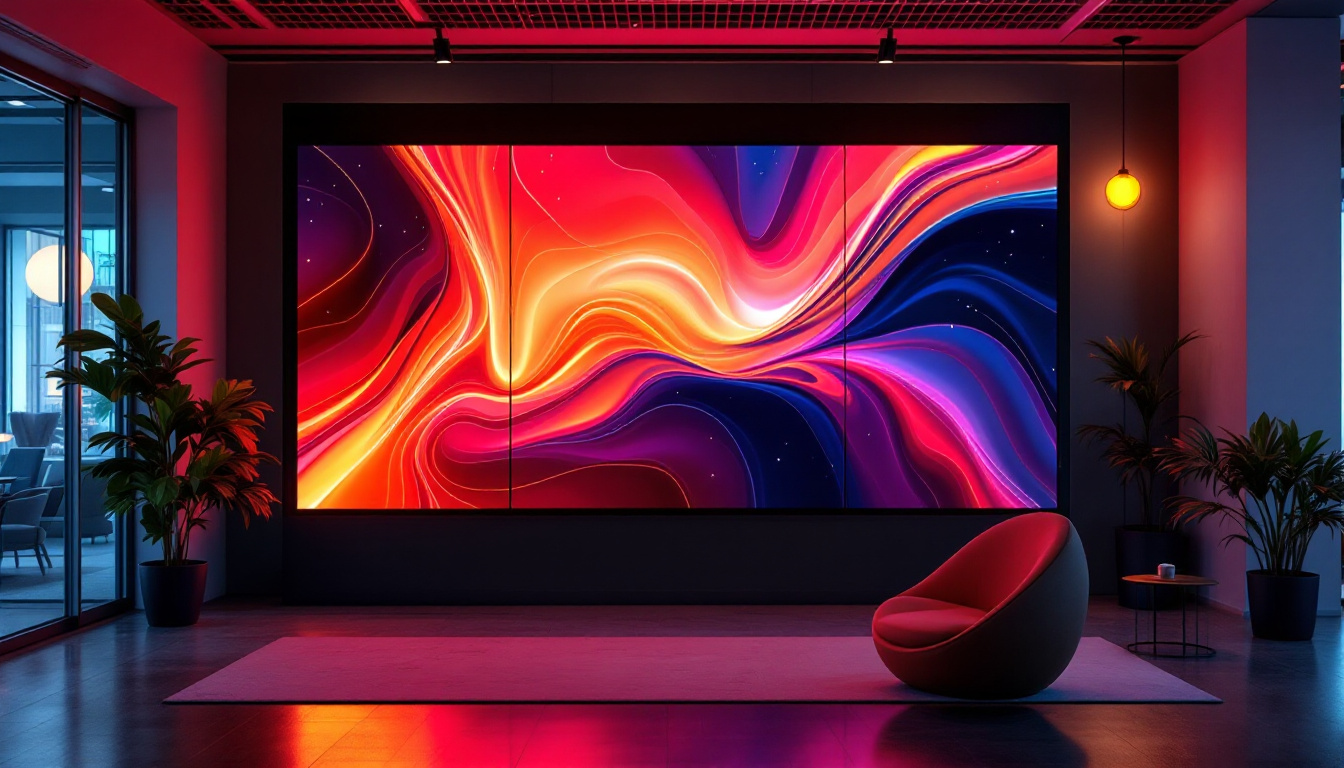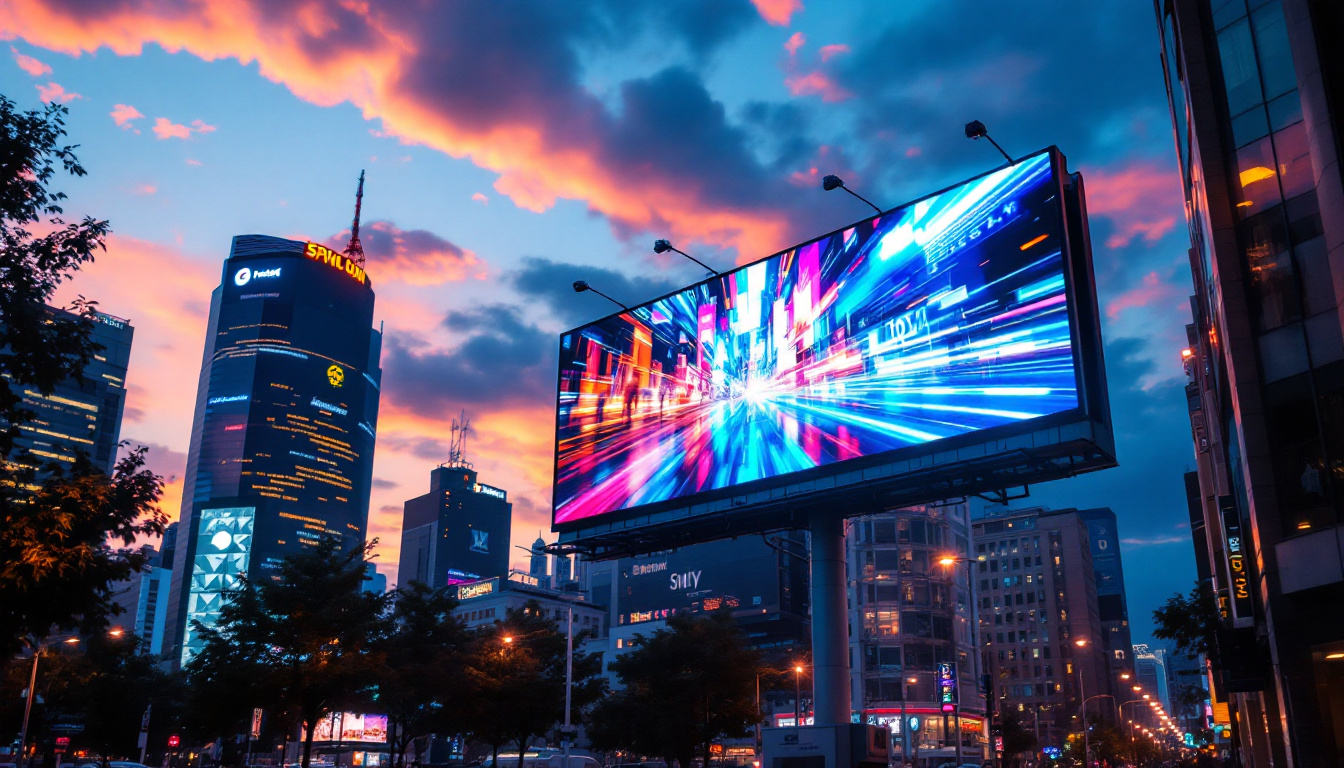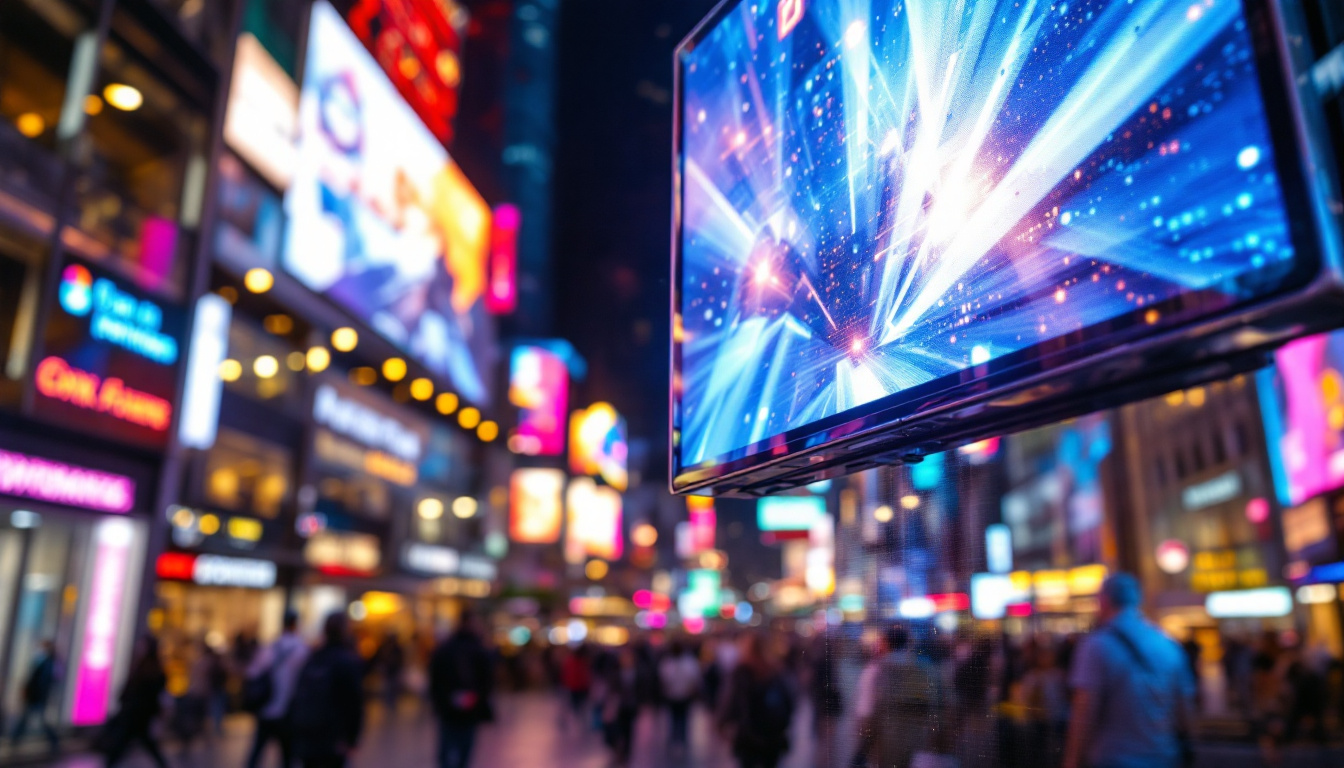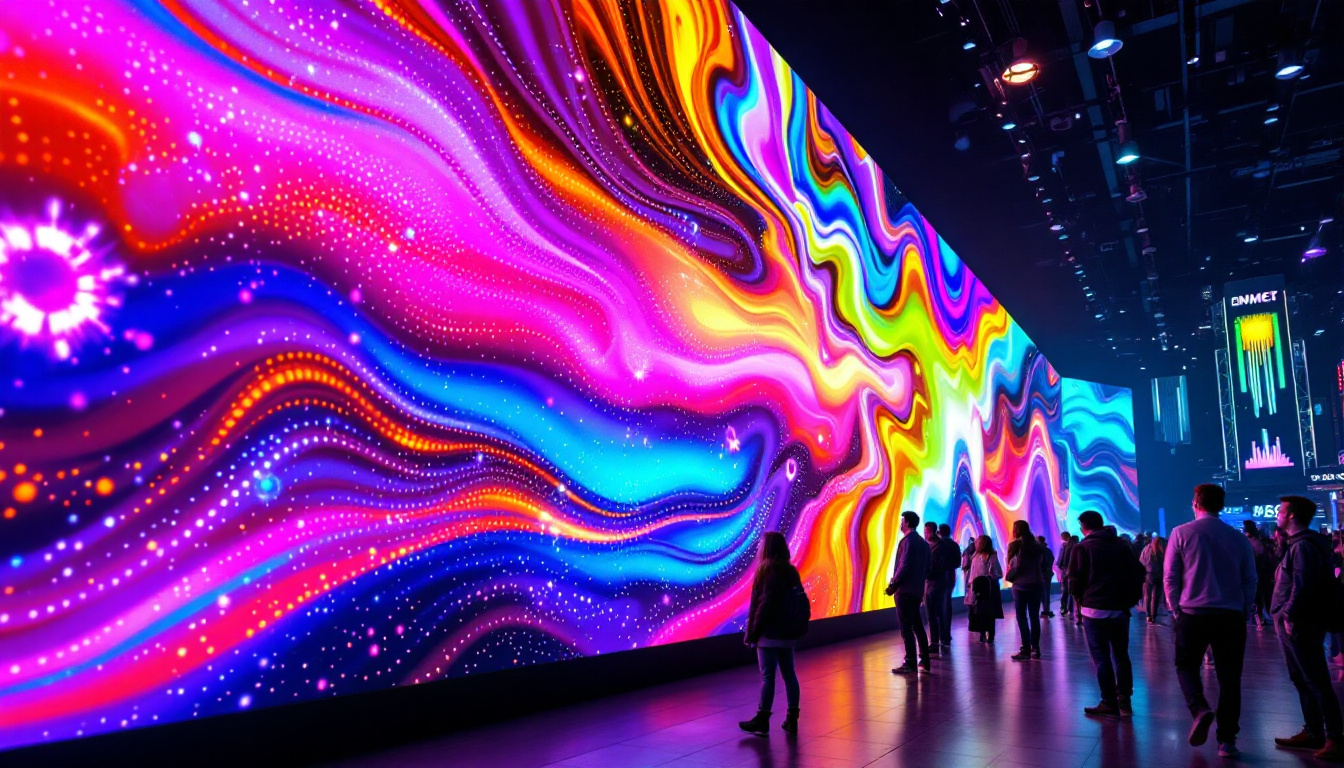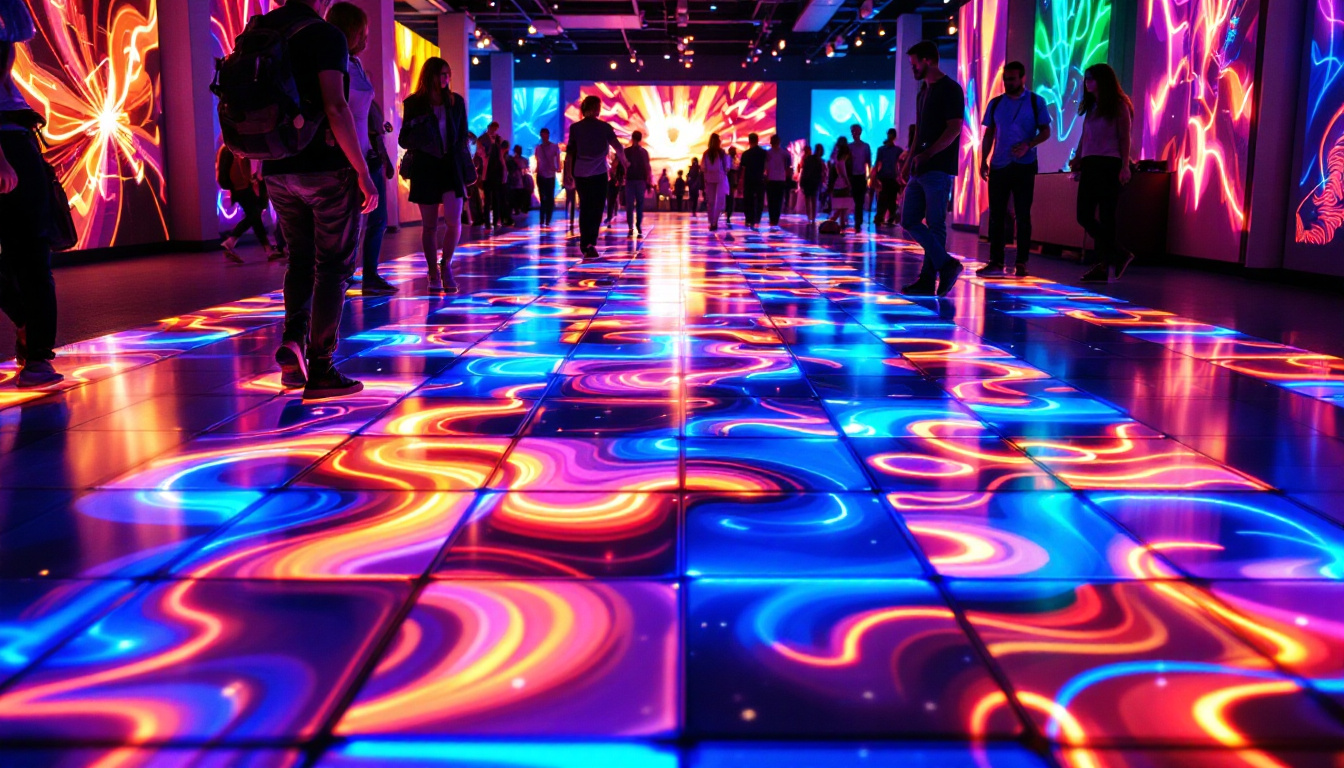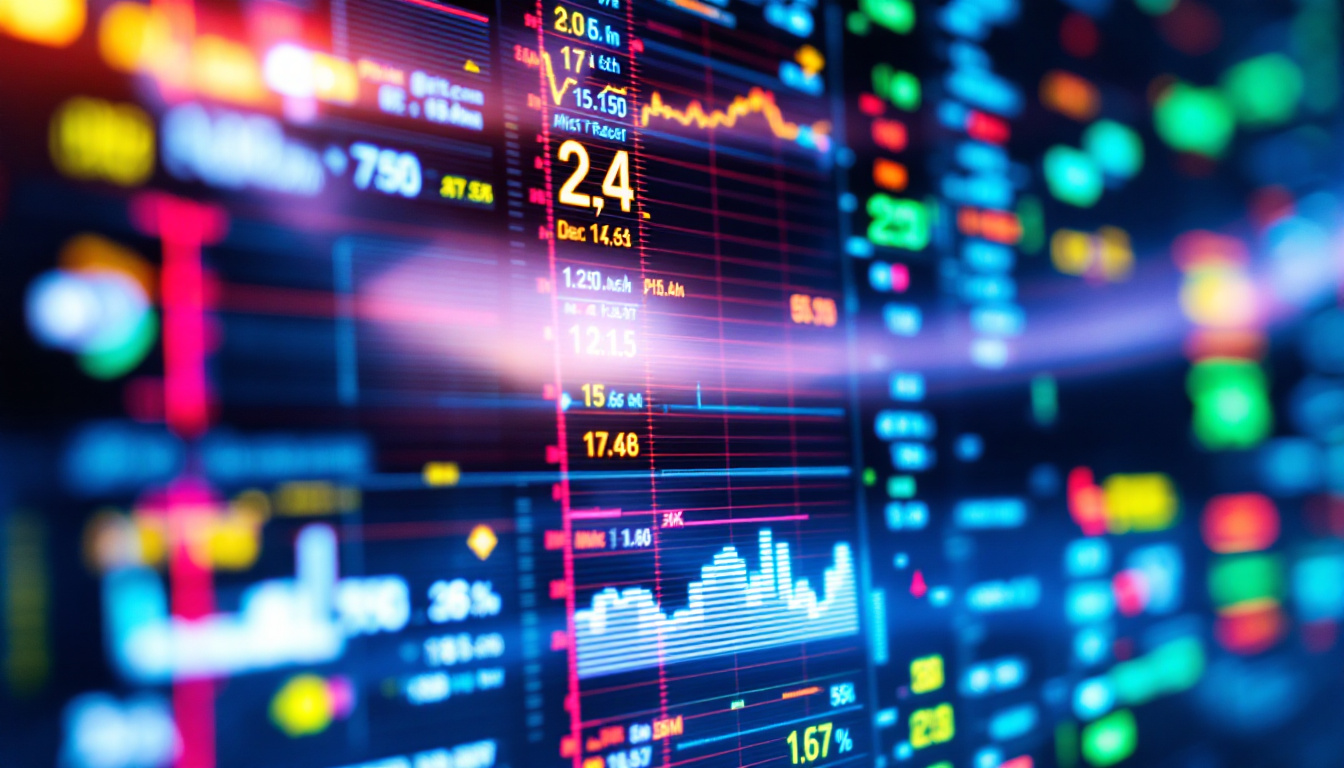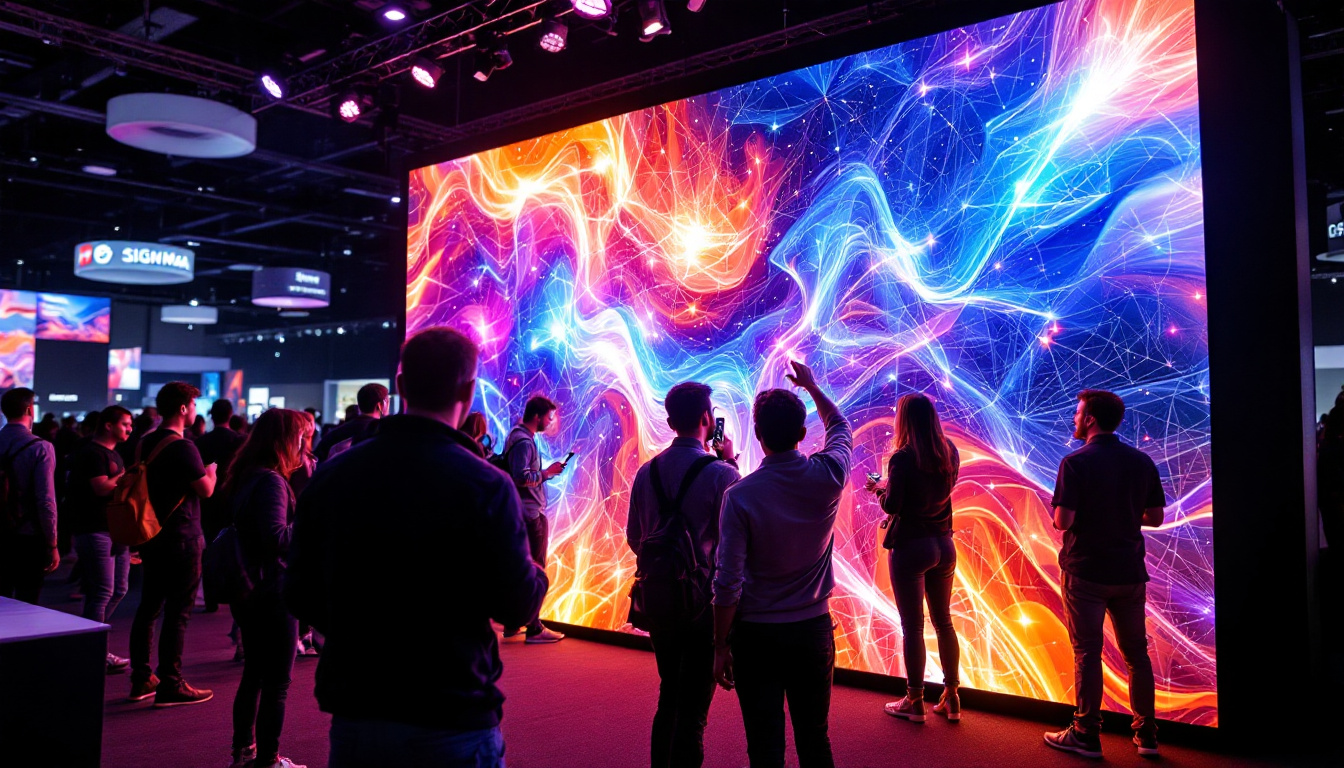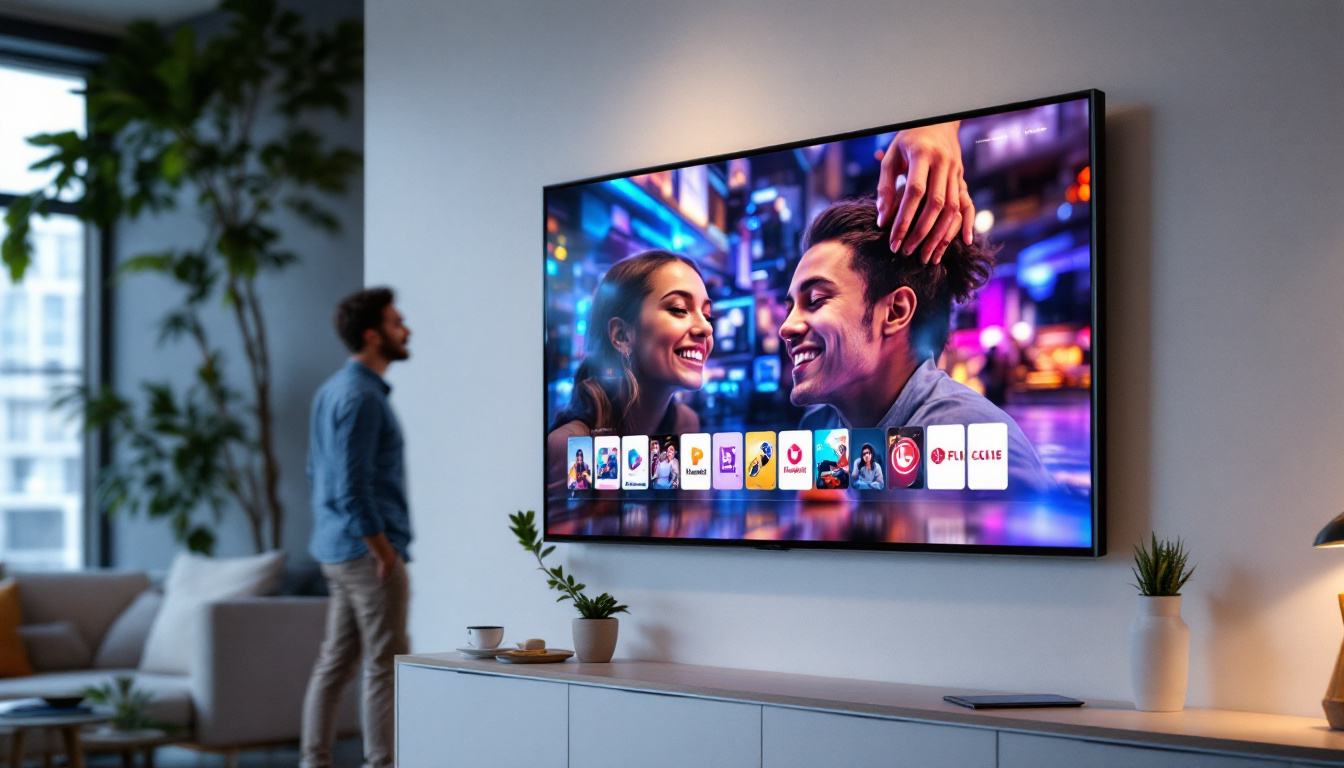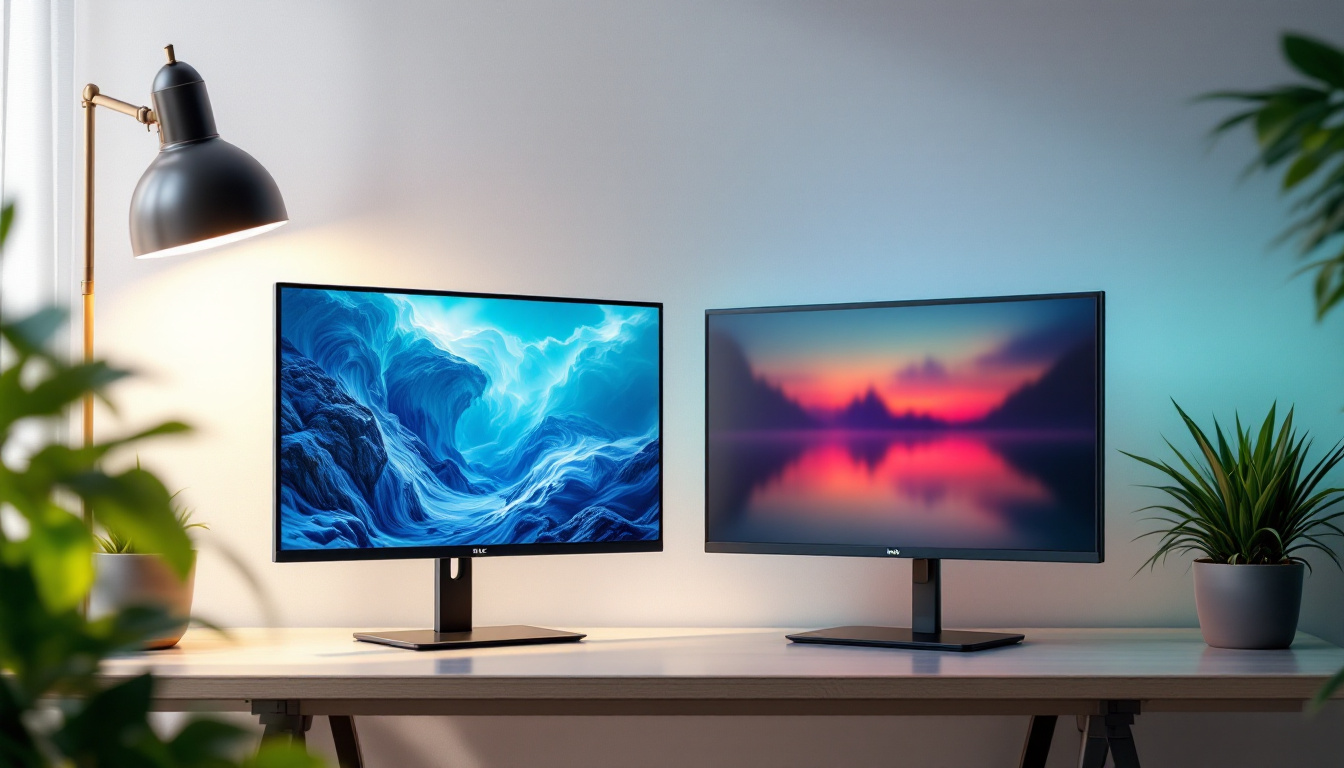The iconic image of Wall-E, the beloved Pixar robot, has become a symbol of innovation, environmental awareness, and futuristic technology. Beyond its cinematic charm, the representation of Wall-E on LED displays offers a fascinating glimpse into how modern digital screens bring animated characters to life. This article delves into the technology behind LED displays, explains how images like Wall-E’s are rendered on these screens, and explores the broader implications of LED technology in digital imaging.
Understanding LED Display Technology
What is an LED Display?
LED stands for Light Emitting Diode, a semiconductor device that emits light when an electric current passes through it. An LED display is a flat panel display that uses an array of light-emitting diodes as pixels to create images. These displays are widely used in televisions, computer monitors, digital billboards, and even wearable technology.
Unlike traditional LCDs that require a backlight, LED displays use individual diodes to produce their own light. This results in higher brightness, better contrast ratios, and more vibrant colors. Because each pixel is self-illuminating, LED displays can achieve deeper blacks and more dynamic range, which is crucial for rendering detailed images like the Wall-E character. The energy efficiency of LED technology also makes it a preferred choice for both consumers and businesses, as it contributes to lower electricity bills and a reduced carbon footprint.
Moreover, the longevity of LED displays is another significant advantage. With a lifespan that can exceed 50,000 hours, these displays require less frequent replacements compared to traditional lighting technologies. This durability not only benefits consumers but also reduces waste, making LED displays a more sustainable option in the long run.
Types of LED Displays
LED displays come in various forms, including:
- Direct View LED (DVLED): These are large-scale displays composed of many small LEDs arranged in clusters to form pixels. They are commonly used in outdoor billboards and stadium screens, where their high brightness and visibility in direct sunlight make them ideal for large audiences.
- MicroLED: A newer technology featuring microscopic LEDs that can be individually controlled, offering superior resolution and energy efficiency. MicroLED displays are beginning to appear in high-end TVs and smartphones, promising a revolution in display technology with their potential for seamless, modular designs that can be customized for various applications.
- OLED (Organic LED): While technically different, OLEDs use organic compounds that emit light when electrified. They provide excellent color accuracy and contrast, often used in premium displays. The flexibility of OLED technology also allows for innovative designs, such as curved and bendable screens, which can enhance user experience in ways that traditional displays cannot.
For rendering detailed images such as Wall-E, DVLED and MicroLED technologies are particularly relevant due to their brightness and color precision. These technologies not only enhance the viewing experience but also open up new possibilities for creative expression in digital art and advertising. As the demand for high-quality visual content continues to grow, the evolution of LED display technology will likely play a pivotal role in shaping the future of media consumption and interactive experiences.
How Wall-E’s Image is Rendered on LED Displays
Pixel Structure and Image Composition
At the core of any LED display is the pixel, the smallest controllable element of an image. Each pixel on an LED screen is typically composed of three sub-pixels: red, green, and blue (RGB). By varying the intensity of these sub-pixels, the display can produce a wide spectrum of colors.
When rendering an image of Wall-E, the display controller processes the digital image data and converts it into signals that control the brightness of each RGB sub-pixel. This process involves complex algorithms to ensure color accuracy and smooth gradients, which are essential for depicting Wall-E’s intricate textures and expressive eyes.
Resolution and Pixel Pitch
The clarity of Wall-E’s image on an LED screen depends heavily on resolution and pixel pitch. Resolution refers to the total number of pixels in the display, while pixel pitch is the distance between the centers of two adjacent pixels, usually measured in millimeters.
A smaller pixel pitch means pixels are packed more closely together, resulting in a sharper image. For example, a pixel pitch of 1.2mm or less is considered high resolution for indoor LED displays and is ideal for detailed images like Wall-E. Outdoor screens, with larger pixel pitches, may not capture fine details as well but excel in visibility from a distance.
Color Calibration and Brightness Control
Accurate color representation is vital for maintaining Wall-E’s recognizable yellow and metallic gray hues. LED displays undergo rigorous color calibration to match the intended colors of the source image. This involves adjusting the voltage and current of each RGB sub-pixel to achieve the desired color output.
Brightness control is equally important. LED displays can reach brightness levels exceeding 1,000 nits, making images visible even under direct sunlight. However, excessive brightness can wash out colors or cause eye strain, so dynamic brightness adjustment systems are often employed to optimize viewing comfort and image fidelity.
Applications and Impact of LED Displays Featuring Wall-E
Marketing and Entertainment
Wall-E’s image on LED displays is frequently used in marketing campaigns, theme parks, and movie promotions. The vividness and clarity of LED technology allow brands to captivate audiences with dynamic visuals that traditional print or static screens cannot match.
For example, during the release of the Wall-E movie, LED billboards in major cities showcased animated clips and high-resolution images of Wall-E, drawing attention and creating immersive advertising experiences. The ability to display animated sequences with smooth transitions enhances storytelling and emotional engagement.
Educational and Environmental Messaging
Wall-E’s story centers around environmental conservation and sustainability, themes that resonate well when displayed on LED screens in public spaces. Museums, science centers, and environmental campaigns use LED displays to show Wall-E imagery alongside educational content about recycling, pollution, and renewable energy.
The high visibility and adaptability of LED displays make them effective tools for raising awareness. Interactive LED walls can even allow viewers to engage with Wall-E-themed content, deepening the impact of environmental messages.
Technological Demonstrations
LED displays featuring Wall-E are also used to demonstrate the capabilities of cutting-edge display technology. The character’s detailed design, expressive eyes, and metallic textures serve as a benchmark for testing color accuracy, resolution, and motion rendering.
Technology expos and trade shows often showcase Wall-E animations on MicroLED or DVLED panels to highlight advancements in display brightness, energy efficiency, and pixel density. This not only attracts attention but also provides a practical example of how future displays may look and perform.
Challenges and Innovations in LED Display Technology
Power Consumption and Heat Management
One of the challenges with LED displays, especially large-scale ones, is managing power consumption and heat generation. High brightness levels and dense pixel arrangements require significant energy, which can lead to overheating and reduced lifespan of the LEDs.
Innovations in LED materials and cooling systems have addressed many of these issues. For instance, new phosphor coatings improve efficiency, while advanced heat sinks and ventilation designs help dissipate heat more effectively. These improvements ensure that images like Wall-E’s remain vibrant without compromising the display’s durability.
Improving Resolution and Miniaturization
The push towards higher resolution has driven the development of MicroLED technology, which uses microscopic LEDs to achieve pixel pitches below 1mm. This miniaturization allows for ultra-high-definition displays that can render Wall-E’s image with unprecedented detail and realism.
MicroLED displays also offer better energy efficiency and longer lifespans compared to traditional LEDs. However, manufacturing challenges, such as mass transfer of tiny LEDs onto substrates, remain a hurdle. Research continues to make these displays more affordable and scalable for widespread use.
Enhanced Color Gamut and HDR Support
To faithfully reproduce Wall-E’s vibrant colors, LED displays are increasingly supporting wider color gamuts and High Dynamic Range (HDR). Wider color gamuts mean the display can show more saturated and diverse colors, while HDR enhances contrast by displaying deeper blacks and brighter highlights simultaneously.
HDR-capable LED displays use advanced local dimming techniques and precise brightness control to create lifelike images that draw viewers into Wall-E’s world. This technology is becoming standard in premium displays, elevating the visual experience for all types of content.
The Future of LED Displays and Animated Imagery
Integration with Augmented Reality (AR) and Virtual Reality (VR)
As LED display technology evolves, integration with AR and VR platforms is becoming more common. Wall-E’s image could soon be part of immersive environments where users interact with digital characters in real-time, blending physical and virtual worlds.
Flexible and transparent LED displays are also emerging, enabling new form factors such as wearable screens and see-through digital signage. These innovations will allow animated characters like Wall-E to appear in unexpected places, enhancing user engagement and storytelling.
Environmental Sustainability of LED Displays
Given Wall-E’s environmental themes, it is fitting that LED display manufacturers are focusing on sustainability. Modern LEDs consume less power and contain fewer hazardous materials compared to older display technologies. Additionally, many companies are adopting circular economy principles, designing displays for easier recycling and longer lifespans.
As demand for large-scale digital displays grows, sustainable production and disposal practices will be crucial in minimizing environmental impact, aligning with the values embodied by Wall-E’s character.
Personalization and Interactive Experiences
Future LED displays will increasingly support personalized and interactive content. Using sensors, AI, and real-time data, screens can adapt Wall-E’s image and animations based on viewer preferences, location, or environmental conditions.
Interactive LED walls in public spaces could allow users to control Wall-E’s movements or expressions via smartphones or gestures, creating engaging experiences that foster connection and entertainment.
Conclusion
The Wall-E image on LED displays is more than just a digital representation of a beloved character; it exemplifies the remarkable capabilities of modern display technology. From the intricate pixel-level control to advanced color calibration and brightness management, LED displays bring Wall-E to life with stunning realism and vibrancy.
As LED technology continues to advance, the ways in which animated imagery like Wall-E’s is presented will become even more immersive, interactive, and environmentally conscious. Understanding the science behind these displays not only enhances appreciation for the technology but also highlights the exciting future of digital visual storytelling.
Discover the Future of Visual Storytelling with LumenMatrix
Ready to elevate your visual communication and bring animated characters like Wall-E to life? LumenMatrix is at the forefront of LED display innovation, offering a wide range of solutions to meet your needs. From Indoor and Outdoor LED Wall Displays to specialized options like Vehicle, Sports, and Floor LED Displays, our products are designed to captivate and engage your audience. Experience the difference with our Custom, All-in-One, and Transparent LED Displays, and see how our technology can revolutionize your brand’s visibility. Check out LumenMatrix LED Display Solutions today and join the evolution of immersive digital storytelling.

